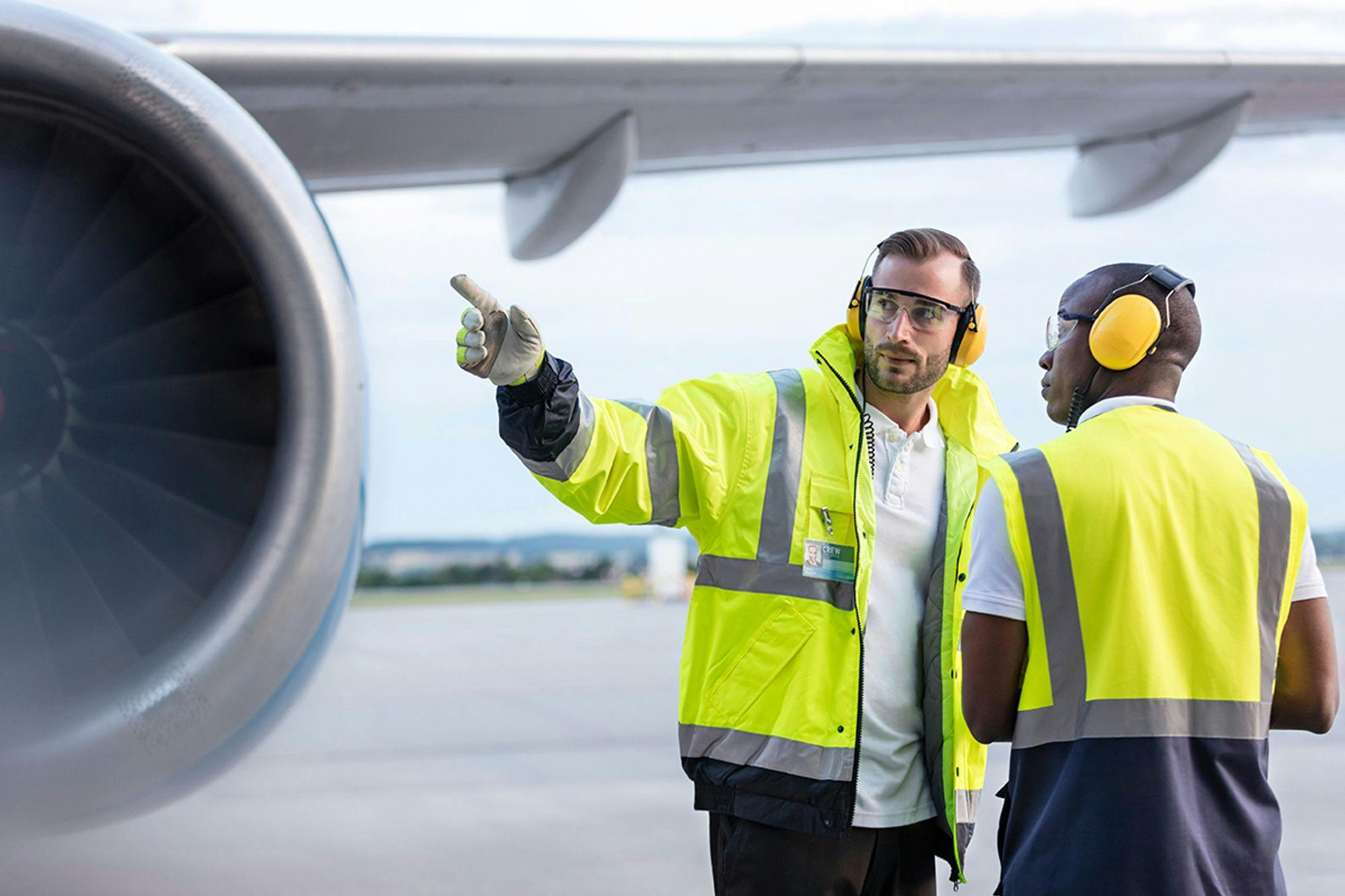Navigating the Skies: The Importance of Airport Asset Maintenance

Unlock the Significance of Airport Asset Maintenance for Safety, Efficiency, and Satisfaction.
Airports are one of the greatest modes of modern transportation, connecting people and goods worldwide. For operations to run efficiently and safely, diligent airport asset maintenance is essential. In this blog post, we’ll discuss the significance of airport asset maintenance by exploring its role in safety, operational efficiency, and the overall passenger experience.
Safety First: Asset Maintenance as a Priority
1. Runway Safety: At the heart of airport operations lies the runway. Regular maintenance of runways, including repairing cracks and maintaining proper lighting, is crucial to ensure safe takeoffs and landings. A well-maintained runway minimizes the risk of accidents and provides smooth operations, even in adverse weather conditions. 2. Navigational Aids: The airport’s navigational aids, such as airfield lighting and guidance systems, require meticulous upkeep. Accurate guidance systems are vital for pilots during takeoff, landing, and taxiing. Proper maintenance reduces the risk of navigational errors, improving overall safety. 3. Terminal Facilities: Passengers’ safety and comfort are of utmost importance. Maintenance of terminal facilities, including escalators, elevators, and security systems, ensures a seamless passenger experience while guaranteeing security.
Operational Efficiency: The Role of Asset Maintenance
1. Reducing Downtime: Airport asset maintenance is essential to prevent unexpected failures. Regular inspections and preventive maintenance help avoid costly downtime that can disrupt flight schedules and lead to passenger inconveniences and huge financial loss for an organization. 2. Optimizing Costs: Neglecting maintenance will result in more expensive repairs and replacements. Based on asset condition and usage, planned maintenance helps control costs and extend asset lifespans. 3. Sustainability: Sustainable practices are crucial in airport operations. Well-maintained assets are not only efficient but also environmentally friendly. Regular maintenance minimizes energy consumption and reduces the need for resource-intensive replacements.
Effective Strategies for Airport Asset Maintenance and How TAG (The Asset Guardian) Can Make the Difference
1. Routine Inspections: TAG can help identify issues before they escalate into major problems with regular inspections and condition assessments. They are the foundation of effective maintenance. 2. Data-Driven Decisions: Utilizing TAG’s data analytics to make informed decisions. Historical data and predictive analytics can help identify maintenance needs, allowing for efficient planning and resource allocation. 3. Asset Management Systems (CMMS): Implementing TAG’s asset management system to track asset lifecycles, maintenance schedules, and compliance with regulations. 4. Collaboration: TAG facilitates collaboration with airlines, contractors, and regulatory agencies to ensure compliance and share best practices in asset maintenance.
. By prioritizing safety, optimizing operational efficiency, and implementing effective maintenance strategies, airports can overcome challenges and provide passengers with a continuous and secure travel experience. As the aviation industry evolves, asset maintenance remains a key component in keeping airports soaring high.
Are you looking for an asset management system that can keep your operations organized? TAG is an elevated CMMS that can help with the countless avenues of airport asset maintenance. Book a demo at www.verosoftdesign.com/contact to experience the difference with TAG.